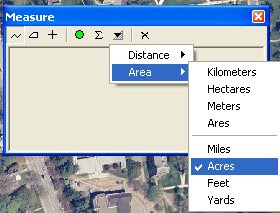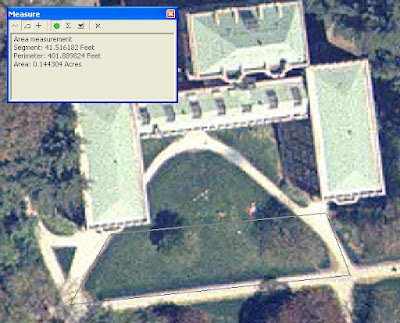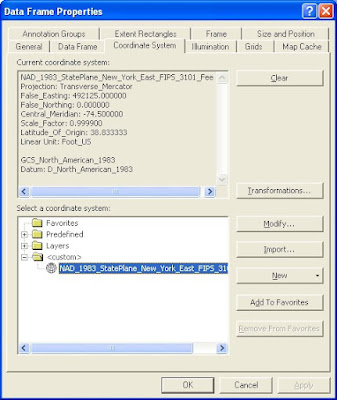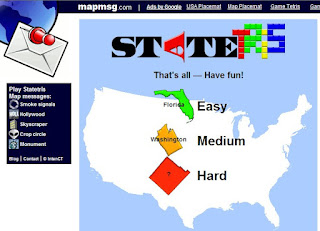 It's no secret that I adore Google Earth. What's not to love? Its nice to know that this blog is at the forefront of discussing the new frontier...Web 3.0..or the geoweb. Who knew?! Here's another piece on the virtues of virtual globes.
It's no secret that I adore Google Earth. What's not to love? Its nice to know that this blog is at the forefront of discussing the new frontier...Web 3.0..or the geoweb. Who knew?! Here's another piece on the virtues of virtual globes.
The Economist has a terrific piece about the proliferation of geospatially-related data and web browsers and web apps that make the geoweb something we all can do and access. Hopefully you'll be able to read it for free. Thank you Ogle Earth for highlighting this. Much like "Google Maps is Changing the What We See the World," mentioned earlier here, we are seeing the democratization of spatial data. "It's turning into a map of historical significance," says John Hanke, head of Google's Earth and Maps division, and another of Keyhole's founders. "It is going to be a map of the world that is more detailed than any map that's ever been created."

What seems to be happening organically is the creation of maps by anyone who has a computer, a web browser and an idea. NASA World Wind, ESRI's ArcGIS Explorer, Google Earth and Microsoft's Virtual Earth offer free mapping utilities that are easy to use, mostly cross-platform, rich with data, and did I say: easy to use!? The Economist mentions that these "neogeographers" have crossed into the realm of GIS. GIS is "the fancy software tools that are used by governments and companies to analyse spatial data." Yes, right, and GIS software costs money, is hard to use, is not intuitive, the data require regular updates to stay "fresh," and can only be used on a Windows machine. (note to Google: Please buy ESRI.)

I was interested in reading about the consultant who built 3D models of 13 to-scale of U.S. Air Force bases viewable in World Wind. This is an example of the government using virtual globes and saving money. When I worked in consulting, we did a project in 1996 where we needed geospatial data for New York and New Jersey in an effort to find suitable on-land dump sites for dredged sediments from the New York/New Jersey Harbor. Finding data was like pulling teeth. It certainly wasn't free and we definitely didn't have a free geobrowser to help us figure out our problem. We never found any good sites, as you can imagine. But I'm glad this consultant decided to use a virtual globe rather than Second Life to make these base models.

One last thing, the piece talks a lot about how the access to free data changes the way we think about how we use the tools. Yes, we worry about security and what the bad guys can see in a virtual globe, but can't the bad guys see that stuff already? The playing field is leveled. The example of the Canary Island providing high-resolution aerial photography to Google to lure tourists reminds me of the Grateful Dead's approach to fans who taped their shows...they not only allowed it, the Dead encouraged it by making a "tapers section" thus creating a marketing strategy that encourages more people to enjoy the music (or the Canary Islands virtually) so that maybe they'll come to more shows and buy records (or fly to the Canary Islands and stay in a hotel.)
 The GIS Librarian at UT at Arlington, Joshua Been, posted about their need for a GIS Research Assistant for Second Life. He says, "our library is making the move and has decided to test the possibility of providing research assistance in Second Life (SL). The pilot project will focus exclusively on GIS research assistance, after which we will examine its outcomes and decide how to proceed."
The GIS Librarian at UT at Arlington, Joshua Been, posted about their need for a GIS Research Assistant for Second Life. He says, "our library is making the move and has decided to test the possibility of providing research assistance in Second Life (SL). The pilot project will focus exclusively on GIS research assistance, after which we will examine its outcomes and decide how to proceed." Thanks to
Thanks to 







 The Aral Sea, of course, is a well-known example of obvious and catastrophic climate change and I showed this to my Earth Science class this summer using Google Earth.
The Aral Sea, of course, is a well-known example of obvious and catastrophic climate change and I showed this to my Earth Science class this summer using Google Earth. 



